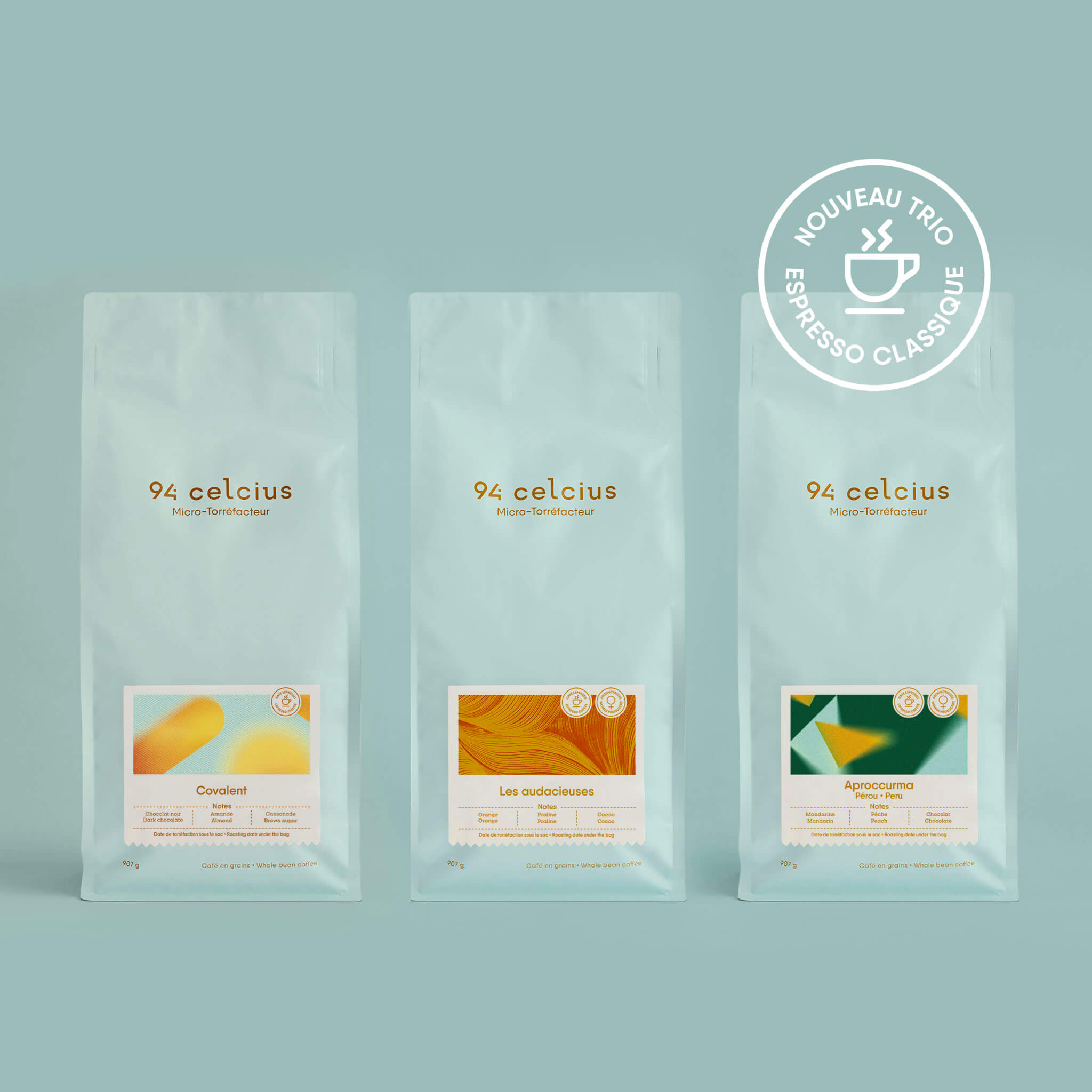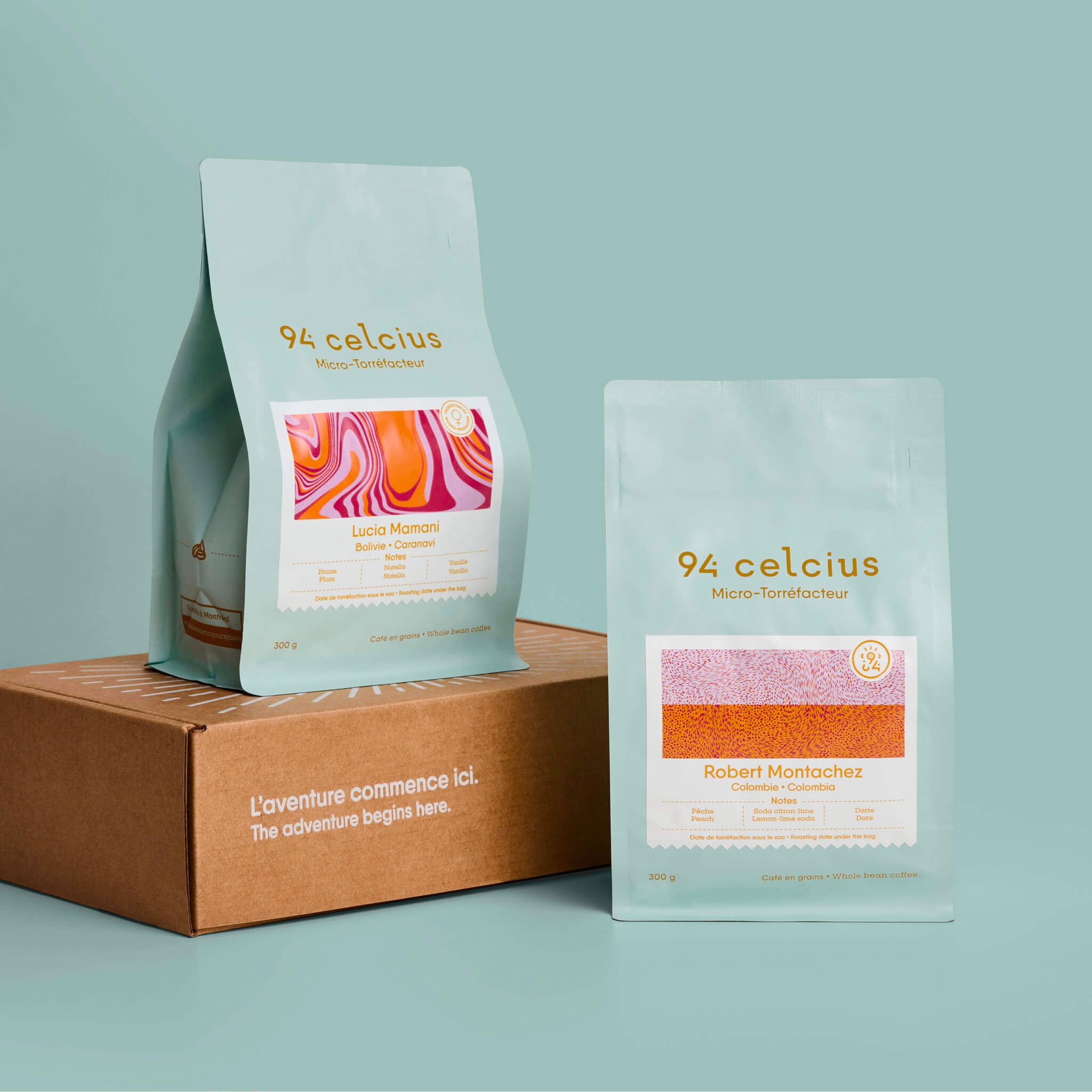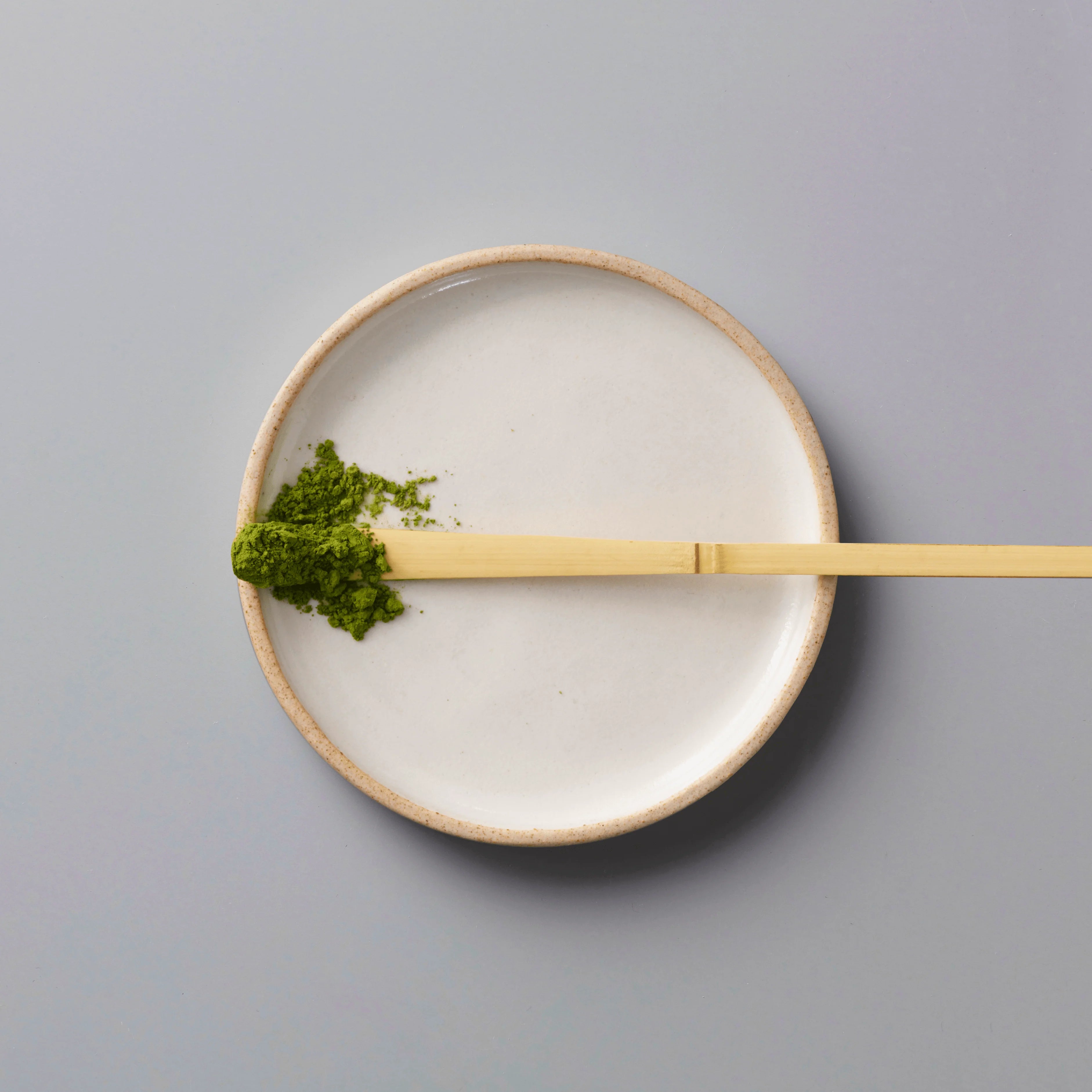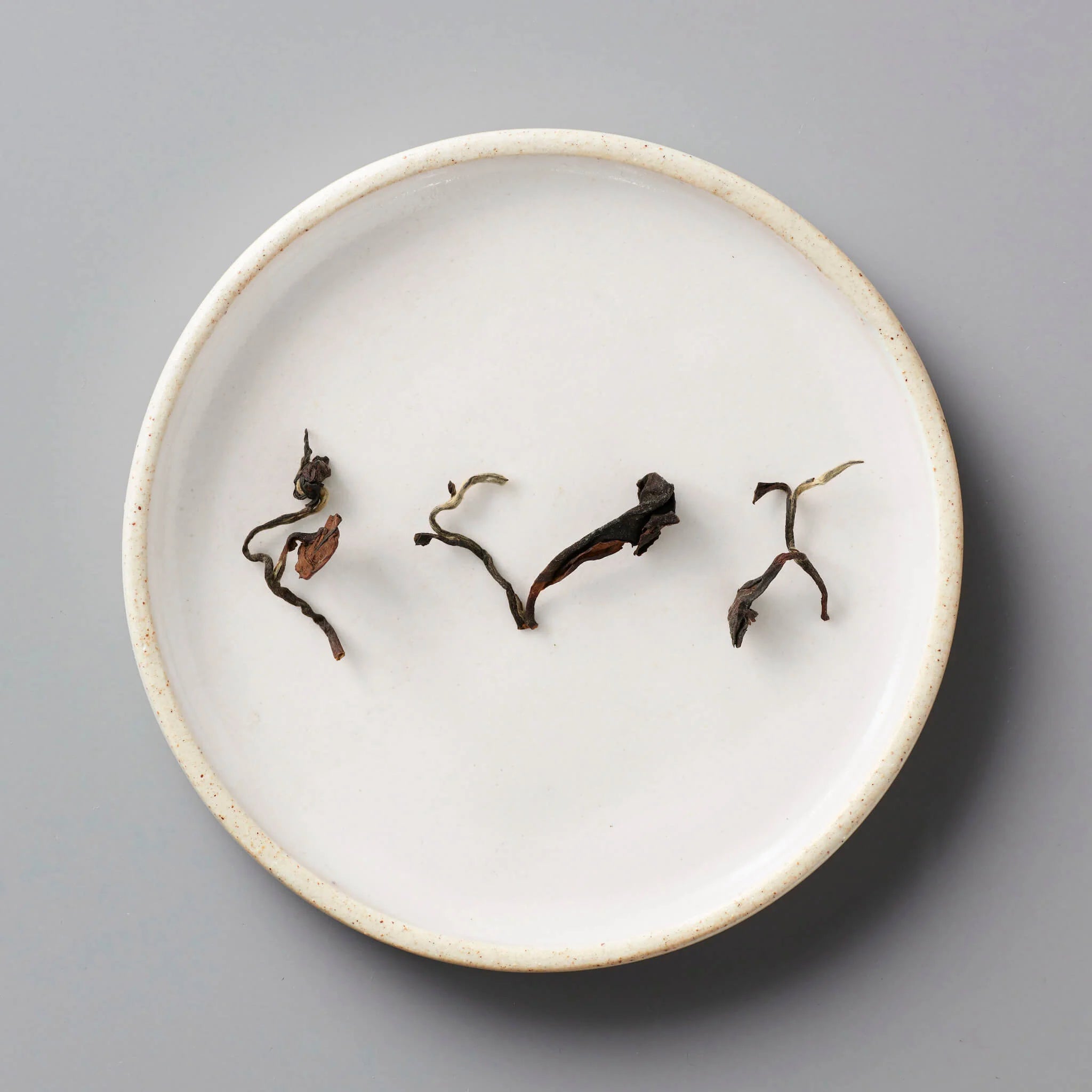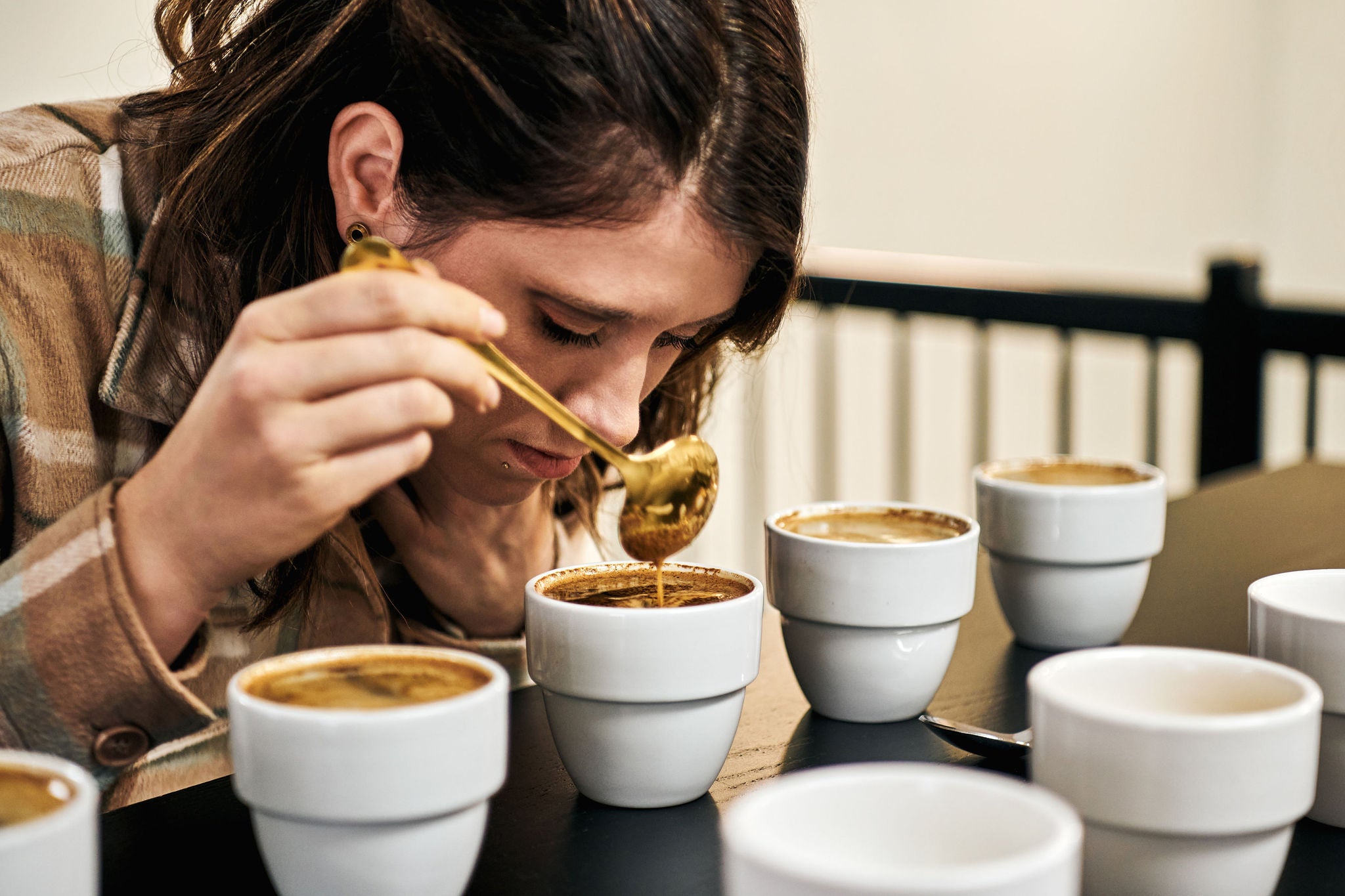
Cupping: Exploring and evaluating coffee
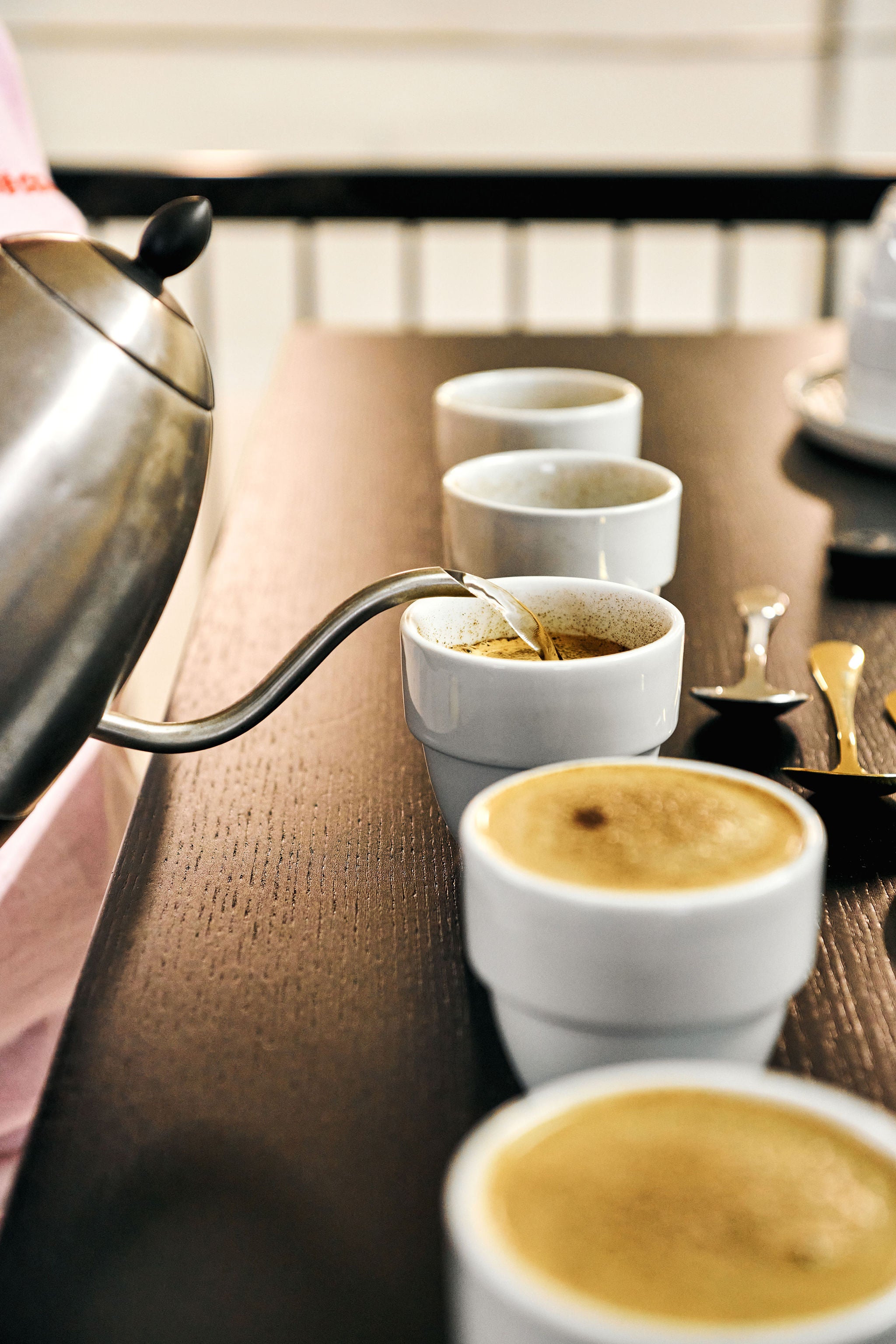
Cupping : A standardized method
The outward appearance of a coffee, such as its color, uniform size, and absence of visible defects, does not guarantee the quality of the bean. Unwanted flavours may be present due to various factors such as storage, processing, transport or roasting. The only reliable way to assess the inner quality of a coffee is to taste it. However, tasting alone is subjective, and can vary according to the recipe used to extract the coffee. To avoid subjective and divergent assessments, cupping, a standardized method, was introduced and is used worldwide. By following a strict protocol in which each coffee is weighed and extracted in the same way in terms of temperature, ratio and grind, cupping makes it possible to compare coffees, determine their aromatic profiles, detect defects and assess their qualities.The method as we know it today was developed as early as 1932, then democratized in 1986 by the Specialty Coffee Association of America (SCAA) [1]. Developments in the sensory sciences (how we perceive aromas and flavours) have led to a better understanding of how we perceive coffee aromas, and to an evolution in cupping methodology and the vocabulary used [2,3].
Cupping: A Scoring Tool
Cupping is crucial at every stage of the coffee chain, ensuring quality all the way to the end consumer. It is of particular importance for producers and importers, helping to improve the quality of coffee and supporting producers. Used by Q-graders, specialists in coffee evaluation [4], cupping makes it possible to assign a score out of 100 for green coffee [5]. The higher the score, the more exceptional the coffee, allowing the producer to sell it more expensively. The “specialty” designation is reserved for coffees obtaining a score of more than 80. Roasters also use cupping to carry out quality control of roasting and choose the beans and recipes for their range.

Cupping : A discovery tool
At home or for connoisseurs, cupping is used as an exploration of the world of coffee, allowing us to compare coffees, identify preferences, and develop our palate. It's also a learning method for understanding the characteristics of origins, varieties and processes, and for grasping the impact of roasting temperature or defects in high-quality coffe
Cupping : Protocol
There is a specific protocol for Arabica and Robusta coffees. Here, we focus on the SCA protocol for Arabica coffees [6], which recommends setting up in a clean room, without ventilation, with temperature, sound and odor control to avoid any disturbance:
- Use two bowls per coffee to detect defects
- Grind 2g of the first coffee to purge the grinder and avoid contamination between coffees. Discard this grind and grind 11g per bowl at a coarse setting (equivalent to sea salt).
- Make an initial dry evaluation of the coffee
- Heat filtered (but not distilled) water to 94°C
- Start the timer and pour 200ml of water into each bowl
- After 4 minutes, break the crust formed on each bowl by making three small spoon movements while evaluating the aromas. Use two spoons to clean each cup, removing grains and surface foam. Rinse the spoons between each bowl.
- Use two spoons to clean each cup, removing grains and surface foam. Rinse the spoons between each bowl.
- Wait for the coffee to reach 71°C (around 10 to 15 minutes) before starting to taste [7].
- Take a spoonful of coffee from the surface, "slurping" to send the liquid back to the back of the tongue [8]. Use the flavour wheel to assess and identify aromas [9, 10].
- Taste the coffee at different times as it cools, to assess the evolution of its flavours.
- Rinse the spoon between each coffee to avoid contamination.
- You can spit out the coffee to avoid over-consumption and saturating your taste buds [11].
Conclusion
In conclusion, cupping offers an objective, standardized method for assessing coffee quality, from plantation to cup. It's an essential tool for coffee enthusiasts, industry professionals and anyone seeking to explore and appreciate the richness of the world's coffees.cupping is above all an opportunity to get together, get to know each other, develop our palates and have fun
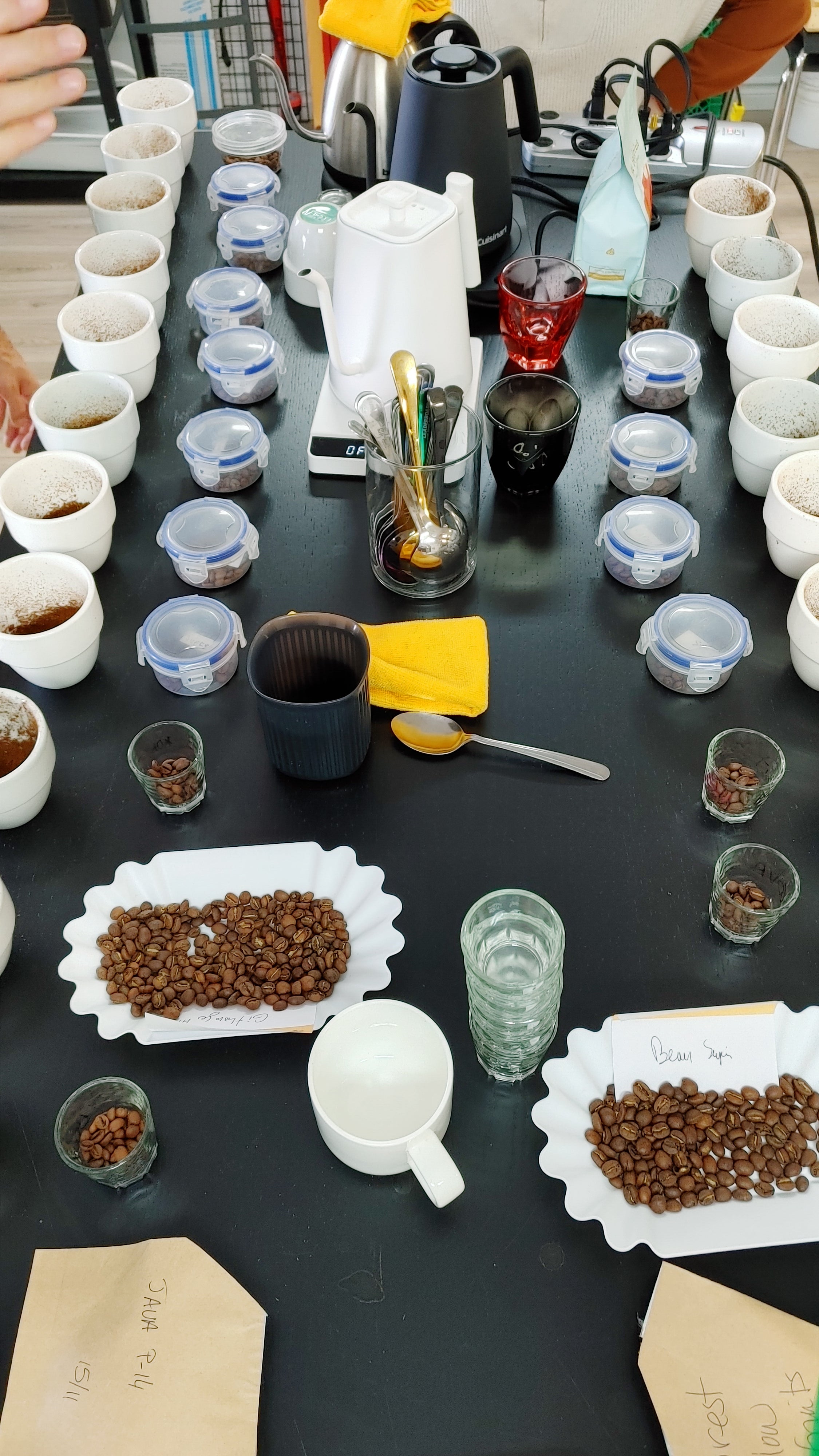
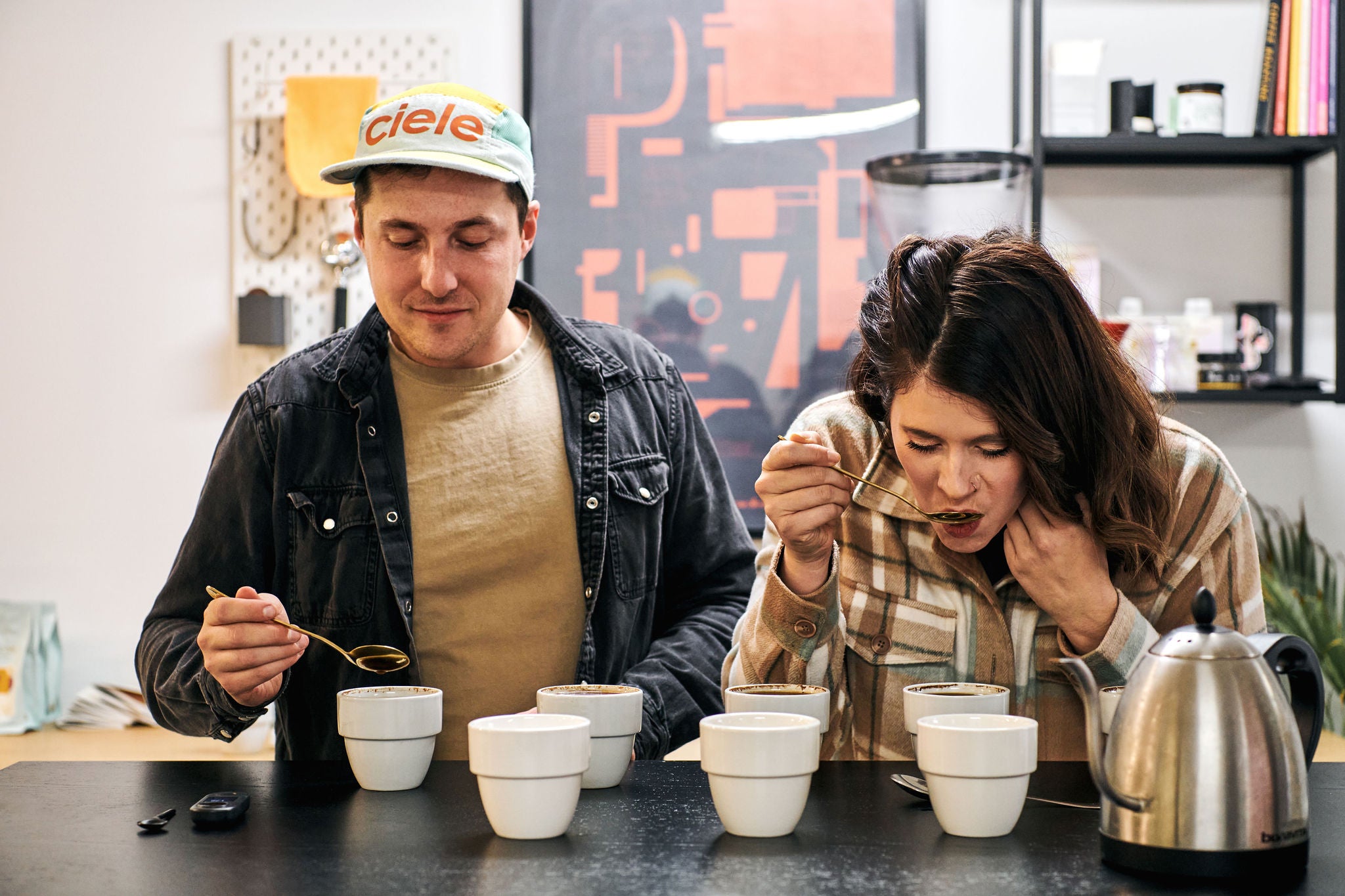
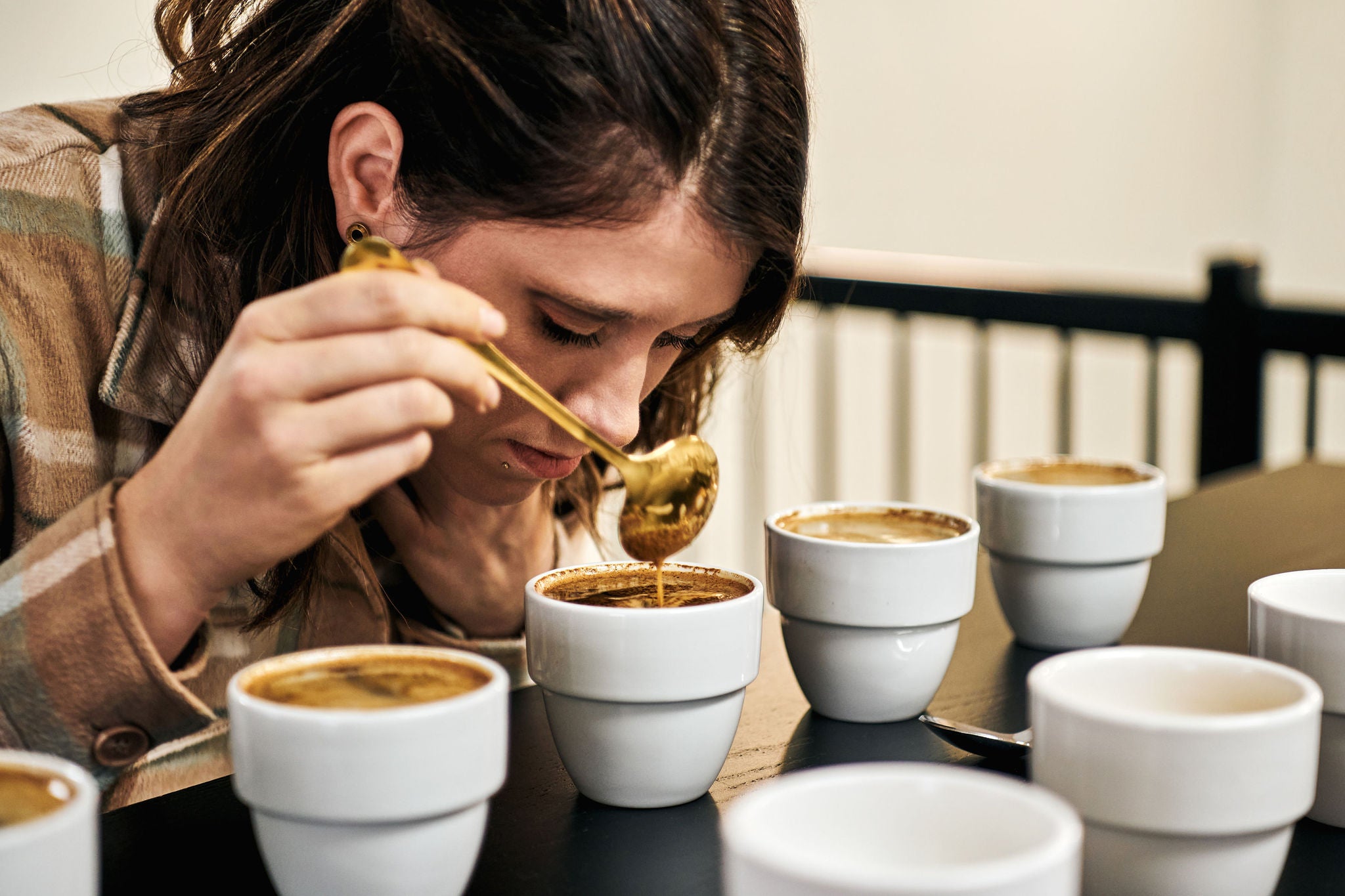
References
[1] Ted R. Lingle “The Coffee Cupper's Handbook”, 1986,https://www.scribd.com/document/420912694/Cuppers-Handbook-English-iPad
[2] Dr. Mario R. Fernández-Alduenda and Peter Giuliano, “Coffee Sensory and Cupping Handbook”, 2021,https://sca.coffee/sca-news/read/announcement/just-published-the-new-coffee-sensory-and-cupping-handbook
[4]https://www.coffeeinstitute.org/certification/people/q-graders
[5]https://atlanticspecialtycoffee.com/wp-content/uploads/SCAA-Official-Cupping-Form.pdf
[6] SCAA, Cupping Committee, 2005,https://atlanticspecialtycoffee.com/wp-content/uploads/SCAA-Cupping-Protocols-2005.pdf
[7] F. Brown & KR Diller, “Calculating the optimum temperature for serving hot beverages”, 2008,https://www.sciencedirect.com/science/article/abs/pii/S0305417907002550?via%3Dihub
[8] C. Spence, 2016, “Oral referral: On the mislocalization of odors to the mouth”,https://www.sciencedirect.com/science/article/pii/S0950329316300180
[9]https://sca.coffee/research/coffee-tasters-flavor-wheel, interactive versionhttps://notbadcoffee.com/flavor-wheel-en/
[10] World Coffee Research, 2017,https://worldcoffeeresearch.org/resources/sensory-lexicon
[11] E. Mardiati, E. Aryati, I. Wiradona, B. Santoso, “The Effect of Black Coffee and Tea Consumption to Saliva Degree of Acidity in Preventing Tooth Decay”, 2017,https://www.arcjournals.org/journal-of-dental-science/volume-2-issue-3/3

